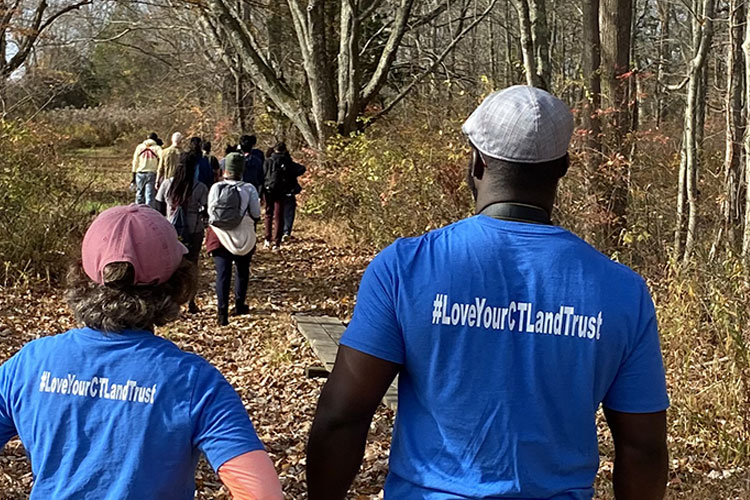Resource Library
May and early summer is the best time of year to recognize ericaceous and other shrub species – like blueberries, laurels, and arrowood – when they are in bloom. A preponderance of flowering native shrubs warrants a concerted effort to secure an alternate management regime for those areas – not frequent close mowing. We recommend marking the limits of the shrub patches, to make them easier to avoid. If photos of a blooming shrub, including a close-up of a flower and a few leaves, are posted on the CT Botanical Society Facebook page, we may well be able to help with identification.
Attacks on voluntary private land conservation are putting critical conservation tools at risk. Join the Land Trust Alliance in setting the record straight on the importance of voluntary private land conservation, protecting private property rights and the various tools, such as conservation easements that are needed to get the job done!
2/1/23 – While land conservation and affordable housing are often pitted against one another as an “either/or” proposition, the reality is that Connecticut communities need both. Along with our program partners at Land Trust Alliance and the Trust for Public Land, this summit consisted of a full-day exploration of how housing and conservation groups can work together to achieve greater good. Discussions covered successful examples of collaboration, and how such efforts can lead to healthier, more equitable housing, to more land conservation in our communities, and to increased funding for joint projects.
Catch the recording from part one of this program Buildings, Offices, and HQs – What should your land trust consider?
Catch the recording from part two of this program Historic Buildings – A primer on historic preservation, restoration, designations, and funding.
Read more for tips on the Birdability website to ensure your event is communicated clearly to be inclusive and inviting to all.
The USDA Forest Service created this guide that includes an Adaptation Workbook process to help land trusts navigate the effects of climate change.
A 2022 report from Highstead explores how New England’s forests are an important climate solution and explores five pathways to increase forests’ impact.
The Northeast Bird Habitat Conservation Initiative has announced the launch of an exciting new interactive mapping tool designed to aid northeastern conservation practitioners and organizations, including regional conservation partnerships and land trusts in advancing conservation.
